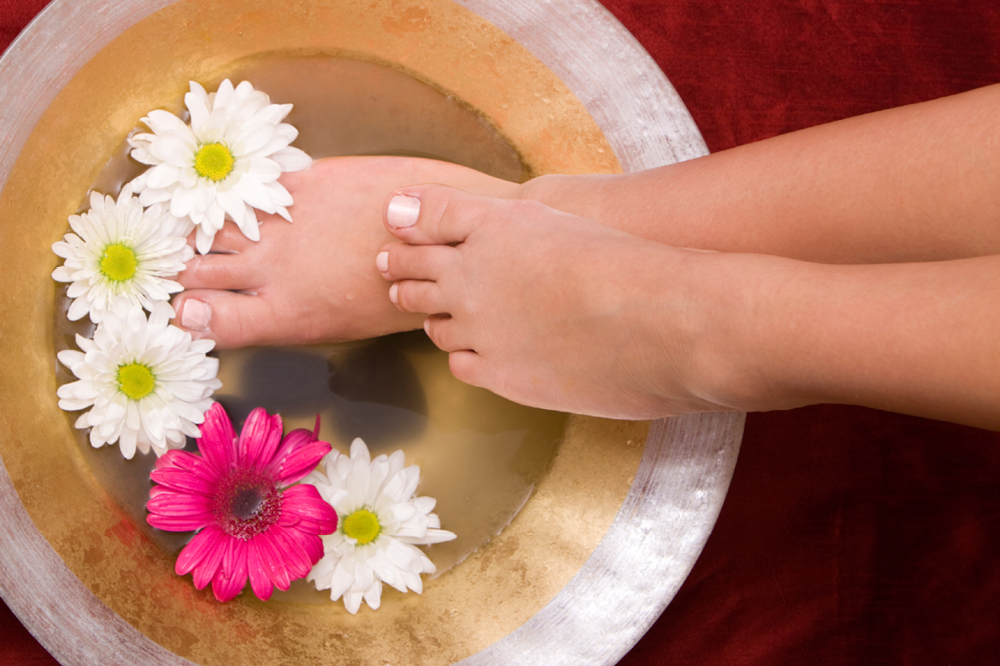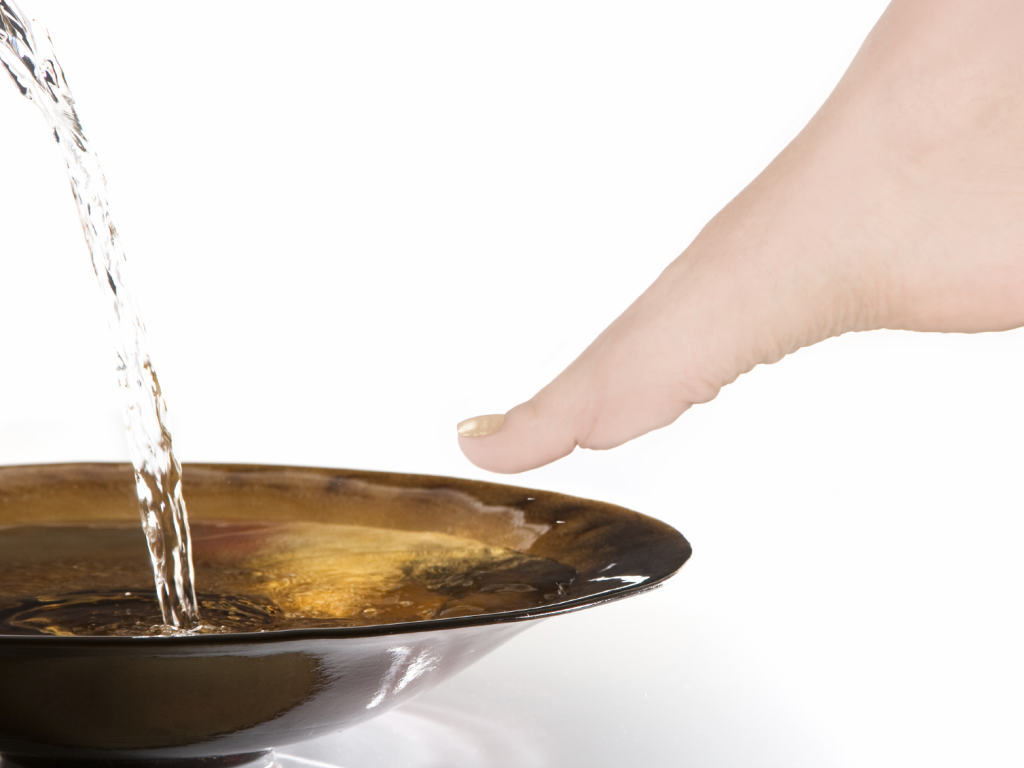Diabetes is complicated enough without having to worry about the health of your feet, but proper foot care is extremely important for anyone diagnosed with the disease. Diabetes reduces blood flow to the lower extremities and has a tendency to damage nerves, which can lead to a loss of sensation and the ability to feel pain. Therefore, without daily maintenance and inspection, seemingly simple foot conditions like ulcers, ingrown toenails, corns, calluses and minor injuries can easily escalate into big problems that may lead to serious health issues, including limb amputation.
Fortunately, daily diabetic foot care is simple once you establish a routine. So read on for the diabetic foot care basics that can save your limbs and your life.
Step One: Wash and Dry Your Feet Every Day

Washing your feet with warm water and mild soap should be part of your daily routine. This simple practice keeps the feet clean and helps prevent bacterial and fungal infections from forming. Follow up by thoroughly drying both feet — paying close attention to in between the toenails — and applying a good quality lotion or cream, being sure to cover the entire foot except between the toes.
*Safety Note: Be sure to check the temperature of the water with your elbow and NOT your feet or hands. Because you may have a loss of sensation in your extremities, you may easily burn yourself without realizing it.
Step Two: Inspect Your Feet Daily
Diabetes damages nerves in the feet, so patients don’t always feel calluses, blisters, corns, sores or ulcers that might be present. Furthermore, diabetes narrows arteries in the legs, causing poor circulation. The reduced blood flow can lead to existing sores becoming infected. Couple this with the fact that diabetes leads to decreased feeling in the feet, and you can see how a tiny wound can turn deadly. If you can’t feel your feet, you may not even realize a problem is developing. Visually inspecting your feet every day helps prevent an unnoticed wound from becoming infected and leading to serious issues, including gangrene and limb amputation.
Step Three: Properly Trim Your Toenails
Avoiding ingrown toenails is a crucial step for people with diabetes, as the condition (called onychocryptosis in the medical world) can easily become infected and resist healing. Keeping your toenails properly trimmed — straight across, never in a curved shape — can help ward off ingrown nail problems. It is also advised that you not cut your cuticles.
Step Four: Choose Proper Comfortable Footwear
Wearing uncomfortable, ill fitting shoes is the cause of the majority of the foot problems in the United States, and podiatrists agree that choosing proper footwear is key in avoiding potential infections, deformities and health issues. It is especially important for people with diabetes to choose shoes that fit properly, because doing so can help you avoid blisters and other potentially dangerous foot sores. It’s also advised that you avoid shoes with high heels and pointy toes, as they increase the risk for infection and injury. In some cases, orthotics (orthoses) may be necessary to keep the feet protected and comfortable.

Some people with diabetes have neuropathy (nerve damage) that makes it difficult to discern whether or not footwear is too tight. A podiatrist can help you make a proper choice, as can tracing your foot and your shoe on a piece of paper and comparing the tracings. According to WebMD, your shoe outline should be at least half an inch longer than your longest toe to ensure you’re not cramming your feet into shoes that are too small.
Step Five: Avoid Foot Injuries
Nobody can prevent foot injuries and complications outright, but there are simple choices you can make to help protect your sensitive feet. They include avoid walking barefoot whenever possible, keep the feet warm and protected by wearing good quality socks, avoid using sharp tools or razors for corn and callus removal, control your blood sugar and avoid smoking.
Step Six: Visit Your Doctor Annually
No matter how well you take care of your feet, it’s always a good idea to visit your doctor and have him or her inspect your feet at least once per year. In fact, you can ask your doctor to look at your feet during every check up. After all, it’s better to be safe than sorry!


